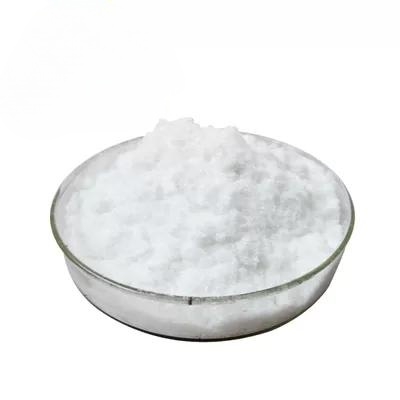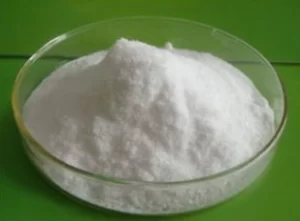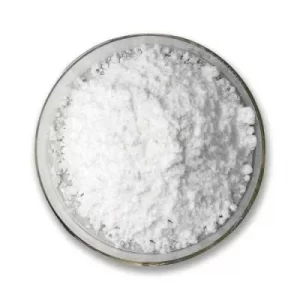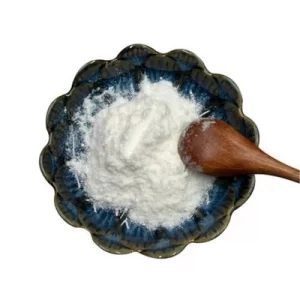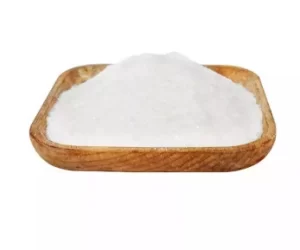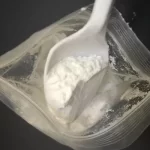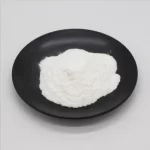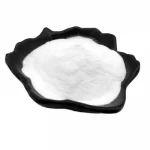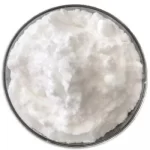Description
Medicine Grade Betaxolol Purity 99% CAS 63659-18-7
Description
| Name: | Betaxolol | CAS: | 63659-18-7 |
|---|---|---|---|
| MF: | C18H29NO3 | MW: | 307.43 |
| Apperance: | White Powder | Standard: | USP/ EP |
| Purity: | 99.5% | Package: | Foil Bag |
| High Light: |
Medicine Grade Betaxolol, Purity 99% Betaxolol, CAS 63659-18-7 API Powder |
||
Medicine Grade Relax blood vessels in the eye Betaxolol powder purity 99% CAS 63659-18-7
Description:
Name: Betaxolol
CAS No.: 63659-18-7
MF: C18H29NO3
MW: 307.43
Application:
(1) For essential hypertension and chronic open-angle glaucoma, the effect is similar to propranolol and atenolol. It can also be used for the treatment of angina pectoris, the effect is similar to that of atenolol, and it can reduce the number of attacks and the dosage of nitroglycerin. Generally, po, 20mg, qd, (can also start from 10mg, qd), usually achieves a good effect in 7 to 14 days, if necessary, the dose can be increased to 40mg, qd. The starting dose for elderly patients should be reduced accordingly.
(2) For open-angle glaucoma, use 0.25% to 1% solution for eye drops, bid.
Function:
1. It has an additive effect when combined with miotic drugs and carbonic anhydrase inhibitors.
2. It can improve the antihypertensive effect when combined with diuretics.
3. Combined with other antihypertensive drugs, adverse reactions of this drug will increase.
4. This medicine can strengthen the effect of digitalis drugs on the slowing of heart conduction.
5. This medicine eye drops can increase the adverse reactions of reserpine.
6. In combination with epinephrine, phenylephrine, phenylpropanolamine, phenothiazines, clonidine, prazosin or monoamine oxidase inhibitors, adverse reactions will increase.
7. Indomethacin, aspirin or other salicylic acid drugs can weaken the antihypertensive effect of this medicine.
8. This medicine can reduce the effects of aminophylline, theophylline, salbutamol, isoproterenol, oxinaline and terbutaline.
9. Barbiturates and rifampicin can reduce the blood concentration of the drug, resulting in a decrease in the efficacy of the drug.
10. This drug can interact with insulin or oral hypoglycemic drugs and interfere with blood sugar levels.

